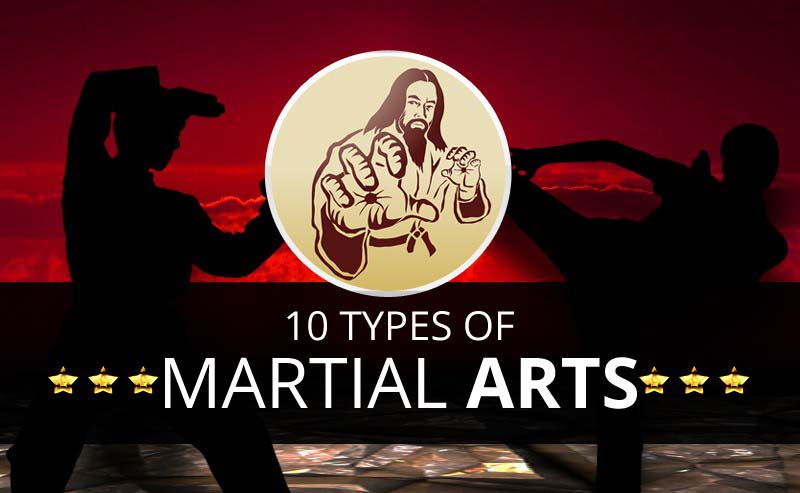A Relative Research Of Typical Martial Arts And Modern Battle Sports: Highlighting The Vital Differences
A Relative Research Of Typical Martial Arts And Modern Battle Sports: Highlighting The Vital Differences
Blog Article
Web Content Author-Thuesen Hovgaard
When you think of martial arts, do you lean much more toward the conventional practices or the modern-day fight sports? Each course offers special advantages and experiences, shaped by their viewpoints and training techniques. Conventional martial arts highlight personal development and discipline, while modern battle sports concentrate on competition and efficiency. Understanding these differences can lead you in picking the ideal approach for your trip. Yet how do these differences show up in training and philosophy?
The Ideology and History Behind Conventional Martial arts
While lots of people associate martial arts with physical battle, the philosophy and history behind traditional martial arts run much deeper. You'll discover that these disciplines stress individual growth, discipline, and regard.
Originating from ancient methods, typical martial arts were usually established for Self-Defense and spiritual growth. They embody concepts such as equilibrium, harmony, and self-constraint, directing specialists past mere combating abilities.
As you train, you'll not only learn strategies yet also gain understandings into the society and worths that shaped these arts. The routines and customs, usually given via generations, promote a sense of neighborhood and belonging.
The Competitive Nature of Modern Battle Sports
Modern battle sports have transformed the landscape of martial arts into a highly competitive arena, where athletes take on in an examination of ability, technique, and endurance.
You'll notice that competitions are frequently organized with rigorous rules and guidelines, guaranteeing fair game and security. These occasions attract large audiences, sustaining the exhilaration and strength of matchups.
Athletes train carefully, not just for physical prowess yet likewise for mental sturdiness, understanding that every detail counts in the ring. click over here throughout competitions is palpable, as fighters push their limitations to assert success.
how martial arts changed my kids life appreciate the athleticism and artistry involved, making modern-day fight sports a thrilling spectacle that continues to evolve and captivate fanatics all over the world.
Training Techniques and Methods: A Relative Analysis
The affordable environment of modern-day combat sporting activities demands cutting-edge training approaches that differ dramatically from traditional martial arts.
In modern-day training, you'll focus on particular methods, sparring, and conditioning, typically utilizing drills that replicate actual fight circumstances. You'll see a focus on quantifiable efficiency and regular competition to evaluate your skills.
In contrast, traditional martial arts prioritize forms, katas, and thoughtful mentors, frequently highlighting discipline and regard over competitors.
tai chi martial arts is typically much less intense and may involve repeated method as opposed to real-time sparring.
While both techniques develop skill and health and fitness, modern-day fight sporting activities offer a more dynamic and versatile training environment, preparing you for immediate difficulties in the ring or cage.
Select the course that lines up with your objectives and interests.
Verdict
In picking between conventional martial arts and contemporary battle sports, it truly boils down to what you value a lot of. If you're searching for personal growth, self-control, and a sense of community, standard arts could be your best fit. Yet if you flourish on competition and real-time challenges, modern-day fight sporting activities could be the means to go. Eventually, both courses supply unique benefits, so it's all about straightening your training with your individual objectives and passions.
